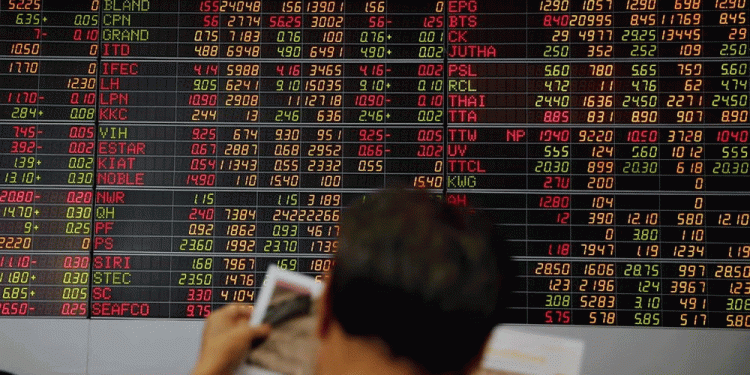With the end of the APEC meeting, investors “Chinese version of the Marshall Plan” has placed high hopes. Strategies to promote excess industry “going out” is not only in line with Shanghai rubber industrial chain transfer needs, but also to bring the tire industry “to capacity” effect, and thus avoid the adverse impact of US trade tire “double reverse” case. In warmer policy boost, the Hujiao bulls quickly from last Wednesday’s crash baptism rally, 1501 contract fell to 12,200 yuan / ton line after strong again, and yesterday breakthrough Manzo integer mark.
Thai Prime Minister Pakistan fertility encourages Chinese enterprises to set up factories in Thailand
The APEC meeting, the current Prime Minister of Thailand Palestinian fertility rushed to Beijing, and dialogue together the chain to change the subject and the Chinese tire industry. Talks between Pakistan Fertility clear in the original attract foreign investment to Thailand on a preferential basis, to increase Chinese tire enterprises to invest in Thailand’s preferential efforts. Whether it is the establishment of China rubber tires industrial city land required, or corporate income tax relief and other aspects of the Thai side will give maximum support.
If the Chinese tire enterprises to invest and set up in Thailand, southern Thailand as the first natural rubber producing areas may be preferred, while emerging northeastern Thailand or eastern regions as a second choice. These two regions are the main producing areas of natural rubber in Thailand, which means that Chinese tire factory opened processing base will benefit local rubber farmers sell gum, but also help enterprises effectively shorten the distance transport of raw materials, cost savings.
In addition to the Thai government-funded tire enterprises want to go to Thailand to set up factories, the Chinese government also hopes companies to actively “go out”, thus achieving “to capacity” purposes. “Chinese version of the Marshall Plan,” the core strategy is to four trillion yuan investment to overseas, mainly to provide loans to developing countries in Asia, Africa and Latin America for the infrastructure borrowing countries. Because China has the world’s largest foreign exchange reserves and a considerable amount of excess capacity, are no longer applicable “low quality” exit strategy, so that the plan can help China absorb the excess capacity.
The foreseeable future China’s tire production capacity surplus is expected to be transferred to Thailand. This will not only improve the problem of the sale of hard rubber in Thailand, but the Thai government can also help get rid of the adverse situation of passive purchasing and storage, prompting most of the Chinese tire industry overcapacity “go out”, and circumvented US trade tire dual case of unfavorable shock. This Hujiao market will have a greater effect bullish.
Member of the production of natural rubber producing countries decreased growth
In addition to lower tire industry was a turning point, the upstream countries to cut production significantly signs of gum rubber prices but also to bring 利多提 vibration. According to the latest natural rubber producing countries (ANRPC) released a report, in the first 10 months of the organization’s member states natural rubber production up by 1.2%, not only weaker than market expectations, and is not, and the average increase in previous years. In addition, exports of rubber producing countries also increased by only 0.1%, while consumption was up 4.8%. As tapping rubber farmers producing countries enthusiasm declining natural rubber production is expected in 2014 is likely to fall 1 percent to 11.05 million tons, compared with 115,000 tons last year cut; exports down 2.2 percent to 8.83 million tons; while consumption has increased 5 percent to 7.44 million tons. In addition, the report also said that the current major rubber producing countries have taken measures to protect the price, and will address ways and means of rubber prices slump by a ministerial meeting discussion.
After five major rubber producing countries set the reserve price for sale, Thailand also recently approved a new round of closed plastic plan and discuss in more than rubber-producing countries control the supply of and response measures rubber price volatility. In the short term bullish formation Jiaojia atmosphere. Rubber prices is expected to slow next focus on the shift.
Translated by Google Translator from http://market.cria.org.cn/25/24461.html

























